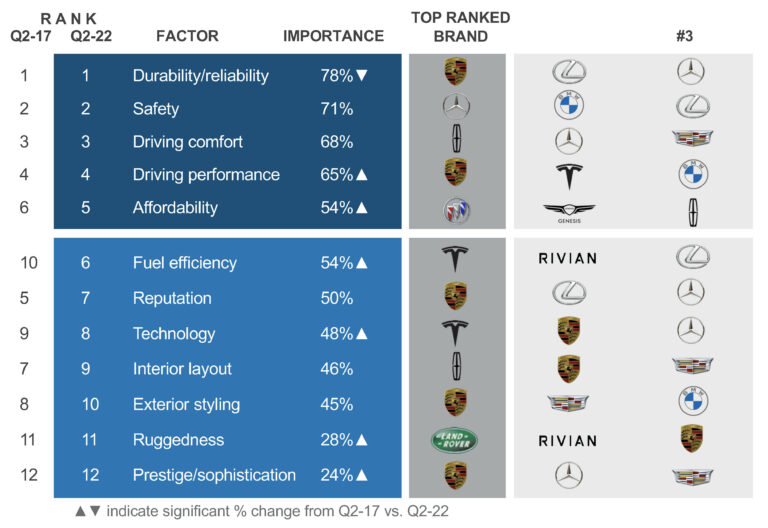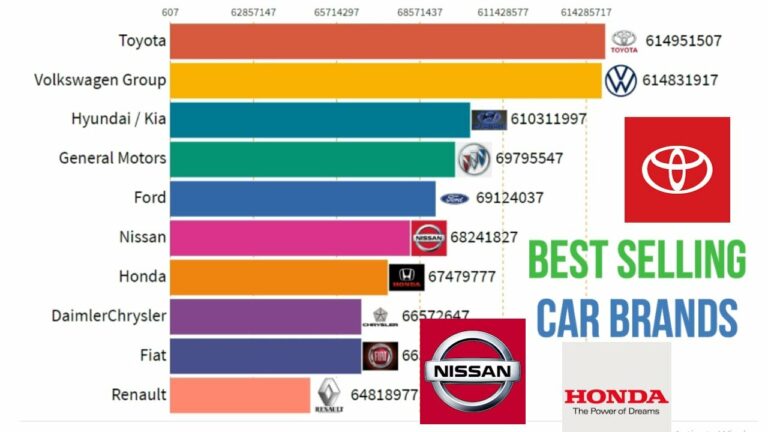Brand New Car Has Problems: Navigating the Unexpected Bumps in Your New Ride
Brand New Car Has Problems: Navigating the Unexpected Bumps in Your New Ride cars.truckstrend.com
The scent of a new car, the pristine paint, the untouched interior – it’s a sensory experience that promises reliability, innovation, and worry-free driving for years to come. For many, purchasing a brand new vehicle is a significant milestone, a substantial investment built on the expectation of perfection. However, the reality for an increasing number of new car owners is a far cry from this idealized vision. They discover, often to their dismay, that even brand new cars can come with a surprising array of problems.
This phenomenon, where a seemingly flawless vehicle fresh off the assembly line presents issues ranging from minor cosmetic flaws to significant mechanical or electrical malfunctions, is far more common than most consumers realize. It shatters the illusion of unblemished quality and can quickly turn excitement into frustration, stress, and financial concern. Understanding why "Brand New Car Has Problems" occurs, what types of issues to look out for, and crucially, what steps to take when confronted with them, is paramount for any current or prospective car buyer. This comprehensive guide aims to equip you with the knowledge and actionable insights to navigate these unexpected bumps in your new ride, ensuring you can protect your investment and peace of mind.
Brand New Car Has Problems: Navigating the Unexpected Bumps in Your New Ride
The Honeymoon is Over: Common Types of New Car Problems
While the expectation is zero defects, the manufacturing process, complex technologies, and human elements can lead to various issues even in a brand new vehicle. These problems can broadly be categorized:
- Cosmetic Imperfections: These are often the first to be noticed. They include paint blemishes (swirl marks, orange peel, overspray), panel gaps that are uneven or too wide, interior trim misalignments, scratches on plastics or screens, and minor dents from transit or pre-delivery handling. While not affecting functionality, they diminish the "new car" feel.
- Mechanical Quirks: These can range from minor annoyances to serious safety concerns. Examples include unusual engine noises, rough transmission shifts, persistent braking squeaks or pulsations, fluid leaks (oil, coolant, transmission fluid), steering alignment issues, vibrations at certain speeds, or persistent warning lights (e.g., check engine, tire pressure).
- Electrical and Electronic Glitches: Modern cars are essentially computers on wheels, making electrical and software issues increasingly prevalent. This category includes infotainment system freezes or crashes, Bluetooth connectivity problems, faulty sensors (parking, blind spot), erratic warning lights, power window or lock malfunctions, non-functional USB ports, or even mysterious battery drains.
- Software and Advanced Technology Malfunctions: As vehicles become more autonomous and connected, software bugs are a growing concern. This can manifest as inaccurate navigation, unreliable advanced driver-assist systems (ADAS) like adaptive cruise control or lane-keeping assist, Apple CarPlay/Android Auto connectivity dropouts, or software requiring frequent, unscheduled updates.
- Quality Control and Assembly Issues: Sometimes, parts are simply loose, missing, or improperly installed. This might include a rattling dashboard, a loose piece of exterior trim, an ill-fitting door seal leading to wind noise, or even an incorrectly torqued wheel lug nut (though this is rare and dangerous).
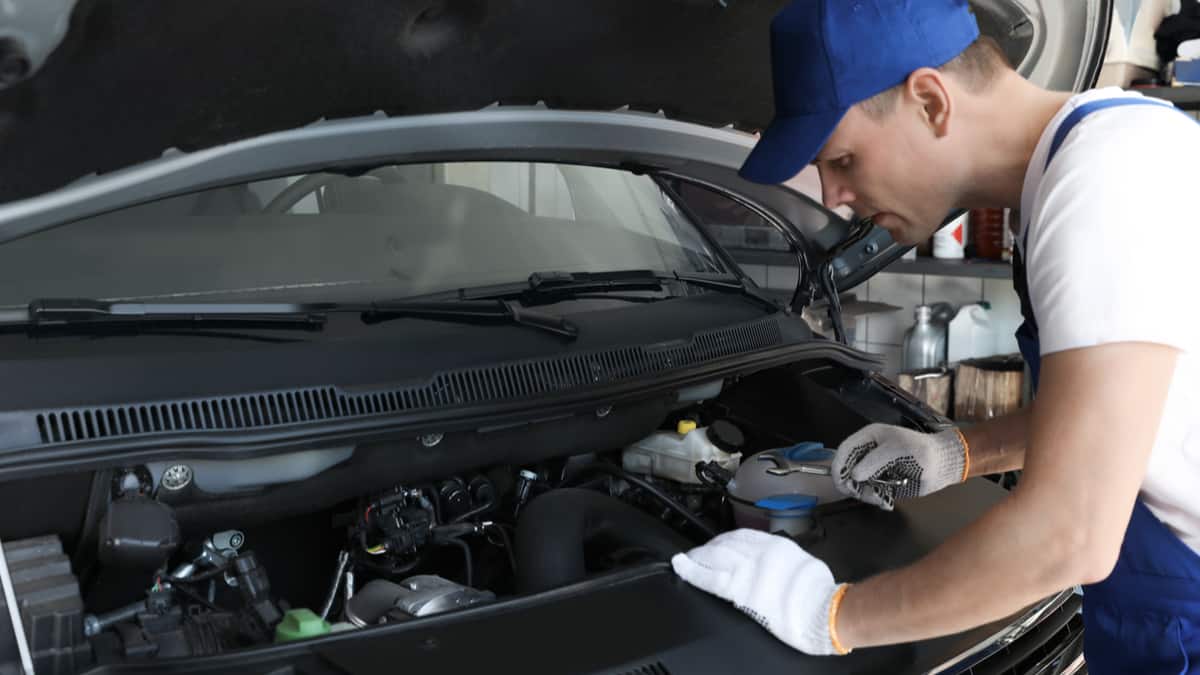
Why Do Brand New Cars Have Problems? Understanding the Root Causes
It seems counterintuitive for a new car to have problems, but several factors contribute to this reality:
- Manufacturing Imperfections: Despite advanced robotics and quality control, human error and machine malfunctions can occur on the assembly line. A hurried worker, a miscalibrated robot, or a faulty component from a supplier can all lead to defects.
- Complex Technology Integration: The sheer volume and complexity of electronic systems, sensors, and software in modern vehicles create more potential points of failure. Integrating these diverse systems seamlessly is a monumental task.
- Supply Chain Quality Control: Automobile manufacturers rely on a vast network of suppliers for parts. A defect in a single batch of components from a supplier can propagate across thousands of vehicles.
- Rush to Market: The competitive automotive landscape often pressures manufacturers to release new models or updated versions quickly. This can sometimes mean less rigorous testing or insufficient time to iron out all bugs before production begins.
- Shipping and Handling Damage: Vehicles travel long distances from the factory to the dealership. During transit, they can be exposed to various elements or minor accidents, leading to cosmetic or even mechanical damage.
- Pre-Delivery Inspection (PDI) Oversight: Dealerships are responsible for a final PDI before a car is delivered to the customer. This involves checking fluid levels, tire pressure, and ensuring all features work. However, time constraints or human error can lead to certain issues being missed.
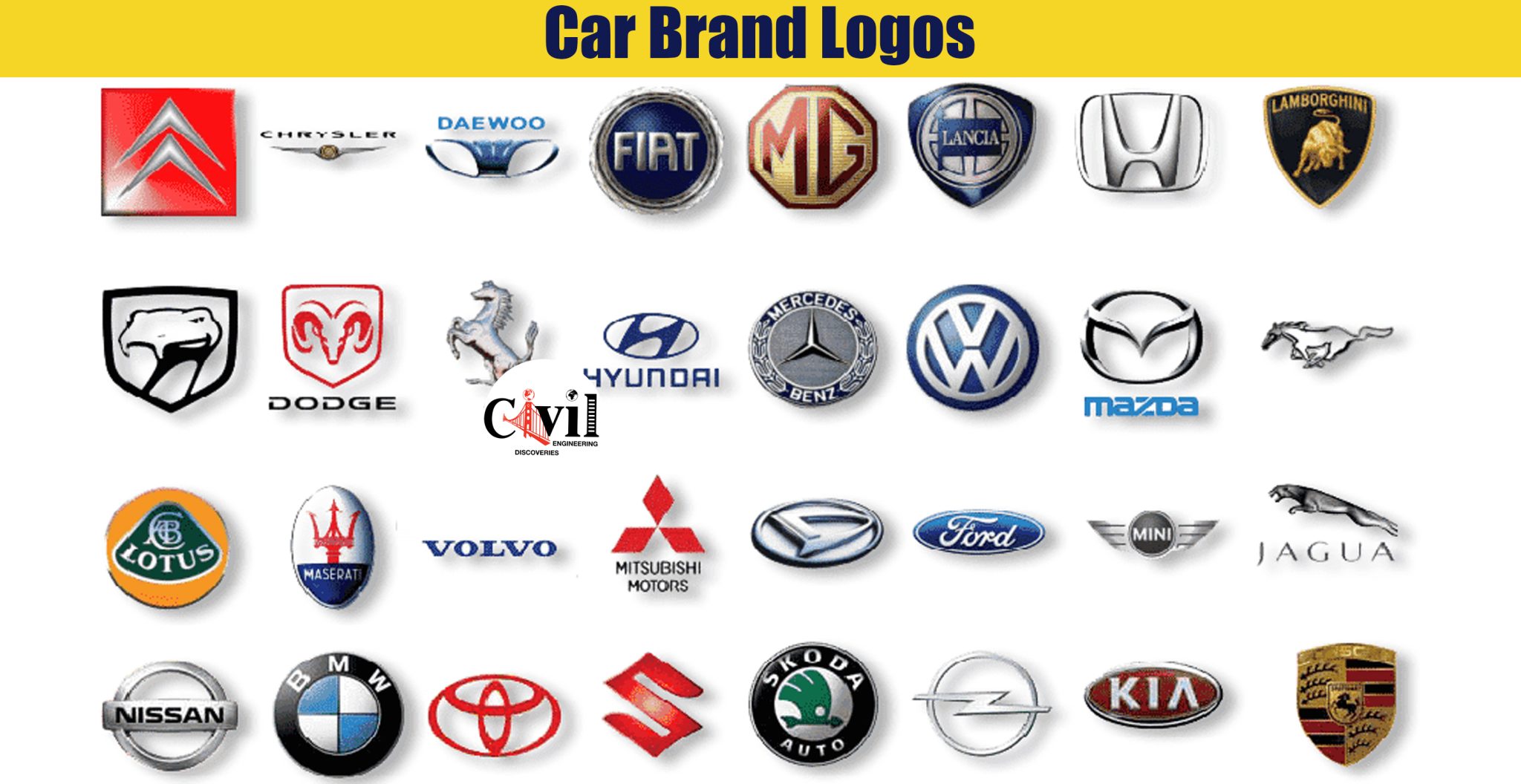
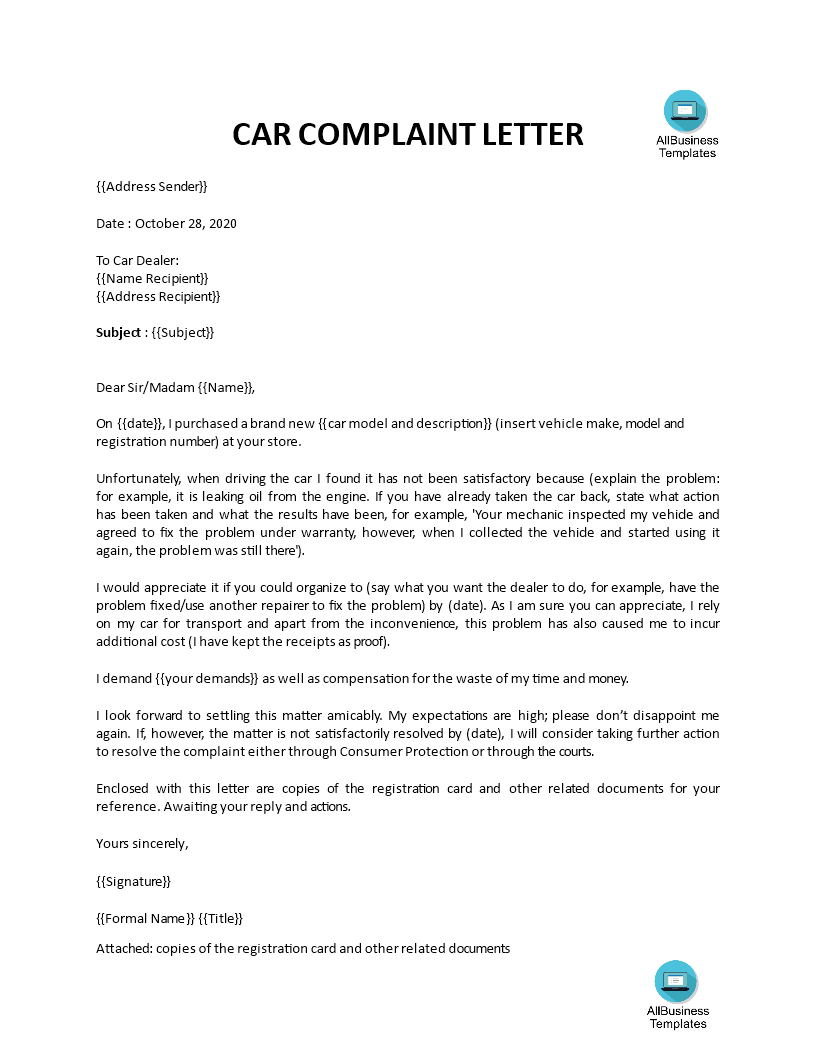
Your Rights and Recourse: What to Do When Problems Arise
Discovering a problem with your new car is frustrating, but knowing your rights and having a clear plan of action is crucial:
-
Document Everything: This is your most powerful tool.
- Photographs and Videos: Capture visual evidence of the problem.
- Dates and Times: Note when the problem occurred, when you contacted the dealership, and when service appointments were made.
- Mileage: Record the mileage when the problem first appeared and when it was brought in for service.
- Communication Log: Keep a detailed log of all conversations (who you spoke to, what was discussed, what was promised) and retain all repair orders, invoices, and correspondence. Get everything in writing.
-
Contact the Dealership’s Service Department Immediately: This is your first point of contact. Clearly describe the problem. Be polite but firm. Schedule a service appointment promptly. Ensure the problem is accurately noted on the repair order.
-
Understand Your Warranty: Your new car comes with a factory warranty (e.g., bumper-to-bumper, powertrain). Familiarize yourself with what’s covered, for how long, and any exclusions. Most new car problems will be covered.
-
Escalate if Necessary:
- Dealership Service Manager: If the service advisor isn’t responsive or the issue isn’t resolved after the first attempt, speak to the service manager.
- Dealership General Manager/Owner: If the service manager is unhelpful, escalate to the top.
- Manufacturer Customer Service: If the dealership is unwilling or unable to resolve the issue, contact the manufacturer’s national customer service line. They can often exert pressure on dealerships or offer direct assistance.
-
Explore Lemon Laws: Every U.S. state has a "lemon law" designed to protect consumers who purchase defective new vehicles. While specific criteria vary by state, generally, a car qualifies as a "lemon" if:
- It has a substantial defect that impairs its use, value, or safety.
- The manufacturer or dealer has made a "reasonable number" of attempts (e.g., 3-4 attempts) to fix the same problem without success.
- The vehicle has been out of service for repairs for a cumulative number of days (e.g., 30 days) within a specific period (e.g., the first 12-24 months or 12,000-24,000 miles).
If your car qualifies, you may be entitled to a replacement vehicle or a refund of the purchase price.
-
Consider Arbitration: Many manufacturers offer dispute resolution programs, often through a third-party arbitration board. While this can be a quicker alternative to legal action, ensure the arbitration is binding and fair.
-
Seek Legal Counsel: If all else fails and your car meets lemon law criteria, consulting with an attorney specializing in consumer or lemon law is advisable. They can guide you through the legal process and protect your rights.
Proactive Measures: Minimizing Your Risk
While you can’t eliminate all risks, you can significantly reduce the chances of encountering problems or at least be better prepared:
- Thorough Pre-Purchase Research: Consult reliability ratings (e.g., Consumer Reports, J.D. Power), read owner forums for common complaints on specific models, and check for any outstanding recalls.
- Detailed Pre-Delivery Inspection (PDI) by Buyer: Don’t rush delivery. Before signing paperwork, inspect the car thoroughly in daylight. Check paint, panel gaps, interior trim, all lights, power windows, infotainment system, and connectivity features. Test every button and knob.
- Extended Test Drive: Drive the car for at least 30 minutes, ideally on various road types. Listen for unusual noises, test acceleration, braking, and steering response.
- Review Warranty Terms: Before purchase, read the warranty booklet carefully. Understand what’s covered, for how long, and any exclusions.
- Don’t Sign Until Satisfied: Never feel pressured to sign for a vehicle if you spot a problem during delivery. If it’s a minor cosmetic issue that can be easily fixed, get it documented in writing with a clear agreement on when and how it will be resolved. For significant issues, consider refusing delivery.
The Financial and Emotional Toll of New Car Problems
Beyond the immediate frustration, new car problems can exact a significant toll:
- Time Lost: Repeated trips to the dealership, waiting for repairs, and phone calls can consume valuable time.
- Stress and Frustration: The disappointment of a faulty new product, coupled with the hassle of repairs and potential disputes, can be emotionally draining.
- Resale Value Impact: While a new car under warranty will have repairs covered, a history of multiple issues or a "branded" title (if it’s declared a lemon) can negatively impact its resale value.
- Hidden Costs: While repairs might be covered, you might incur costs for rental cars (if not provided), legal fees (if resorting to litigation), or even just the cost of fuel for multiple dealership visits.
Table: Potential Costs and Financial Implications of Brand New Car Problems (Beyond Purchase Price)
It’s important to clarify that "Brand New Car Has Problems" is a situation, not a product or service with a direct price. However, the implications of these problems can certainly carry significant financial and non-financial costs.
| Type of Implication | Description | Potential Cost/Impact |
|---|

